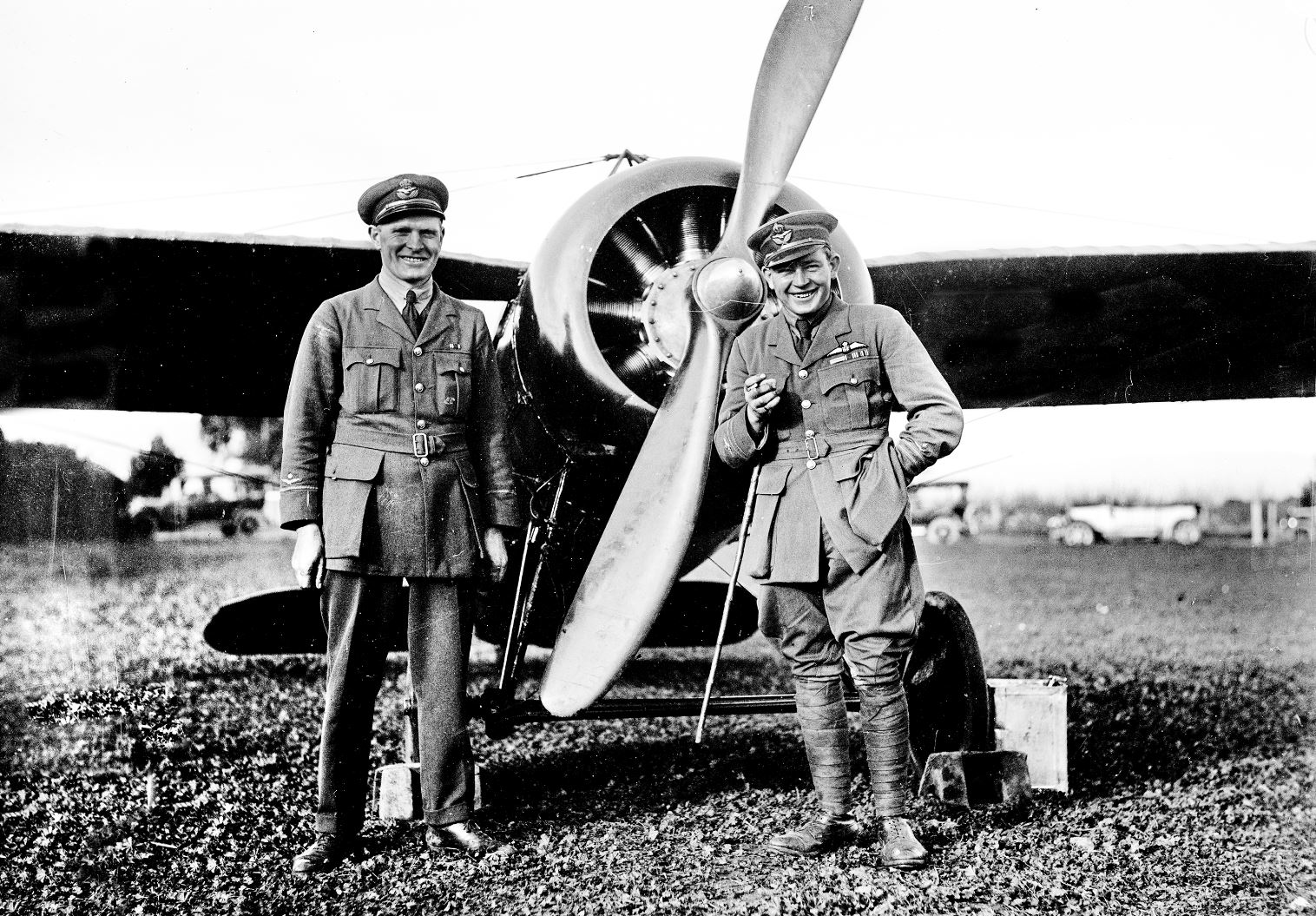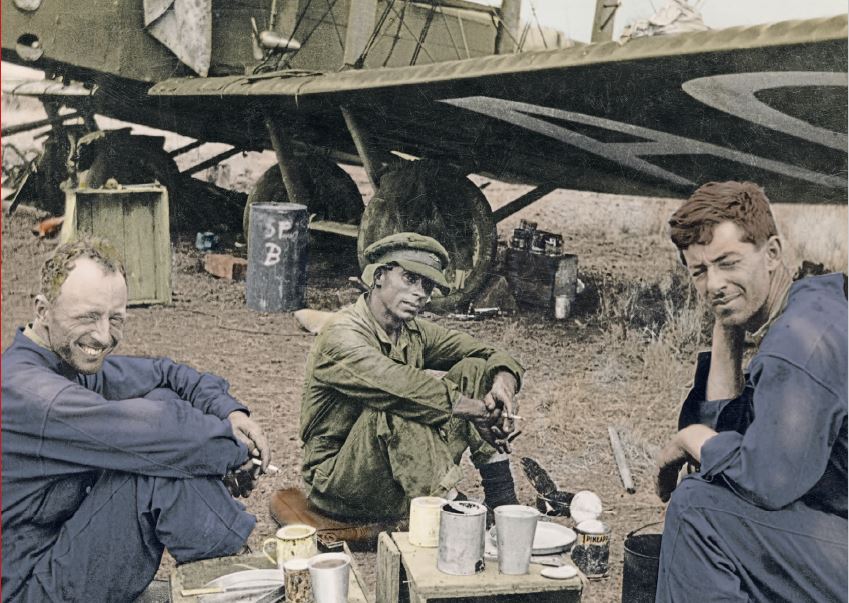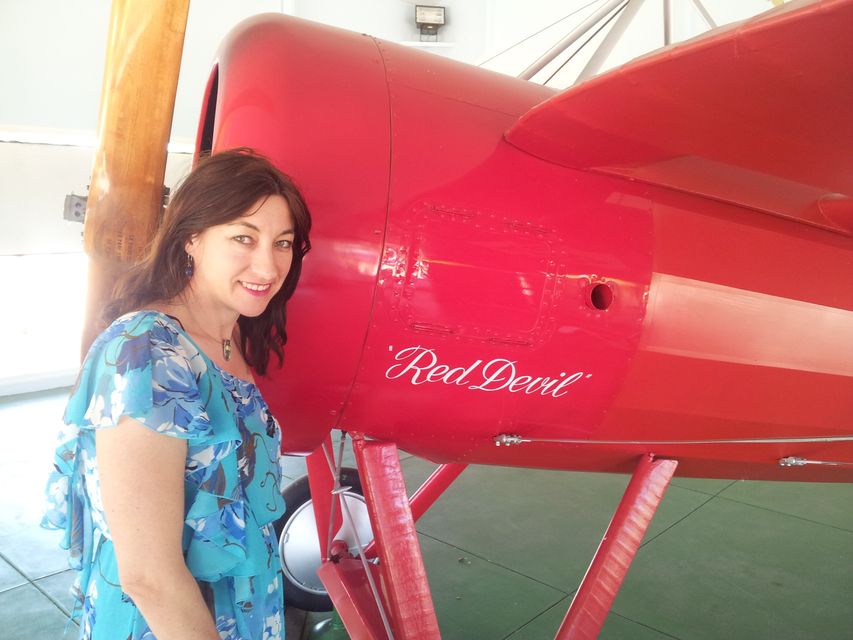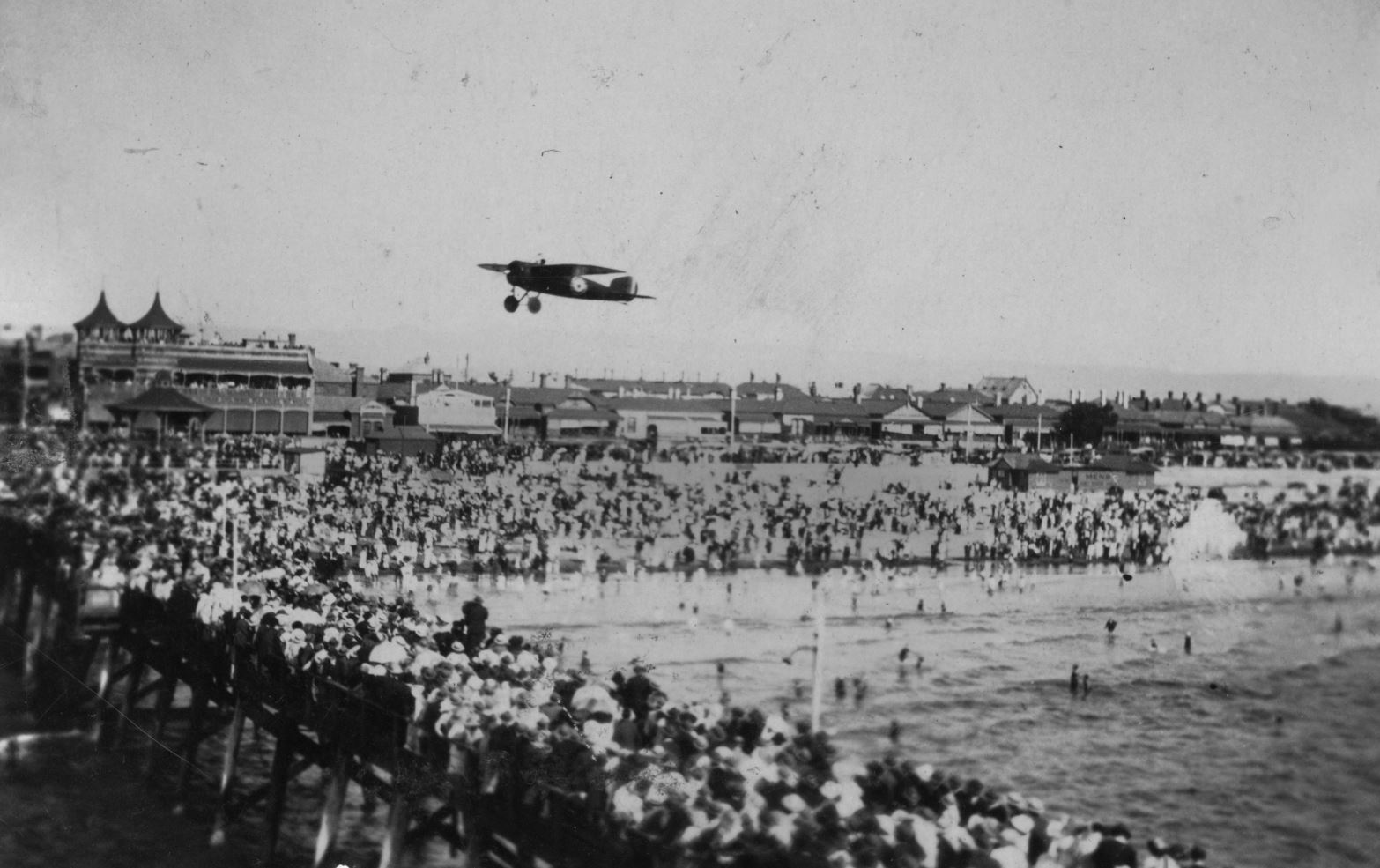
Two famous stories in South Australian aviation history are taking off this year, assisted by Flinders University academics.
The centenary of Sir Ross and Keith Smith's epic world-first flight from Australia to England – and the first airmail flight over water in the southern hemisphere, from Adelaide to Minlaton across Gulf St Vincent – are the major celebrations of memorable heroic flying adventures marked by new history editions.
Flinders University historians are central in the two publications describing the daring ventures of those 'magnificent men in their flying machines' who put Australia on the world aviation map.
Flinders Professor Peter Monteath, who will launch a new book about Yorke Peninsula flying ace Captain Harry Butler at Minlaton on Yorke Peninsula next month, also has edited and introduced a revised original memoir by the world-renowned pilot Sir Ross Smith who tells of his crew's victory in the Great Air Race of 1919.
Ross Smith and his brother, co-pilot and navigator Keith Smith were part of a four-man crew which successfully flew from Great Britain to Australia in under 30 days in 1919 - just 18 years after German Gustav Whitehead first took to the air in a 'flying car' and the Wright brothers first defied gravity for 'just a few seconds'.
The flight in the Vickers Vimy G-EAOU twin-engine plane, with an open cockpit exposing them to snow, sleet, hail and unbearable heat, was first described in 14,000 Miles through the Air (1922).
The new 2019 edition, Flight to Fame: Victory in the 1919 Great Air Race, England to Australia (Wakefield Press) includes an introduction by Professor Monteath and foreword by retired Air Chief Marshal Sir Angus Houston.

The Epic Flight Centenary is being marked by a series of events in the leadup to the 12 November 1919 takeoff in Hounslow, England to 10 December 1919 arrival in Darwin of the plane still housed at Adelaide Airport.
The record-breaking 1919 made Australia's domestic aviation industry possible, with Qantas founded the following year as a consequence of the international Great Air Race achievements.
Another Flinders University academic, keen South Australian historian Dr Samantha Battams, is launching her second history book for the year.
The Red Devil (Wakefield), written with her navy captain nephew Les Parsons, who also hails from Minlaton in SA, coincides with the centenary of the historic flight across Gulf St Vincent 100 years ago.

Associate Professor Battams, who completed her PhD in Public Health at Flinders in 2008, works as a public and global health academic and consultant, and has academic status at the Southgate Institute for Health, Society and Equity at Flinders University.
Hailing from a small farming community on the Yorke Peninsula, Captain Henry John "Harry" Butler (1889-1924) became known as the Red Devil (due to his red monoplane) after becoming part of a daring corps of Australian aviation pioneers who fought – and survived – the horrors of World War One.
As a pilot over the Western Front in France, and then as an instructor training thousands of pilots in England, Captain Butler's wartime efforts included chasing German planes dropping bombs over London and taking mail to isolated Scottish outposts.
Harry Butler returned from war with two aircraft and dreams of starting an industry. With his little crimson monoplane, Red Devil, Captain Butler inspired many thousands as he performed aerial shows in support of Peace Loan efforts.
Upon his return to South Australia, his flight from Adelaide across the Gulf to his hometown of Minlaton on 6 August 1919 is regarded as the first mail run and first flight across a large body of water in the southern hemisphere. The 4000 postcards he carried held a message from Butler on one side.
Returning from war with two aircraft and dreams of starting an industry, he also inspired many thousands doing aerial shows in support of Peace Loan efforts in his little crimson monoplane.
He later purchasing an 'airport' at Northfield with engineer Harry Kauper and starting the first commercial flying business and this was where the South Australian Smith brothers landed after they completed their historic first UK-Australia flight in December 1919.
He then set up the first passenger flights from his Hendon aerodrome, with many of its streets now bearing names of aviation companies, planes and early aviators.
With Harry Kauper, he is credited with starting the first passenger flight business in South Australia, taking the first aerial photographs and setting up what became the first Commonwealth Government airport in Adelaide.
A memorial plaque on North Tce remembers his efforts, while the Minlaton memorial features the lone surviving Bristol monoplane, the Red Devil.
The Red Devil (The Story of South Australian Aviation Pioneer, Captain Harry Butler, AFC) will be officially launched by Professor Monteath during the two days of events to mark the historic mail flight at Minlaton on 3 August, followed by another book signing at the SA Aviation Museum on 17 August.







